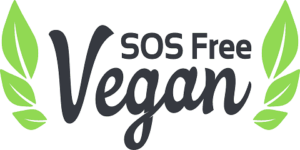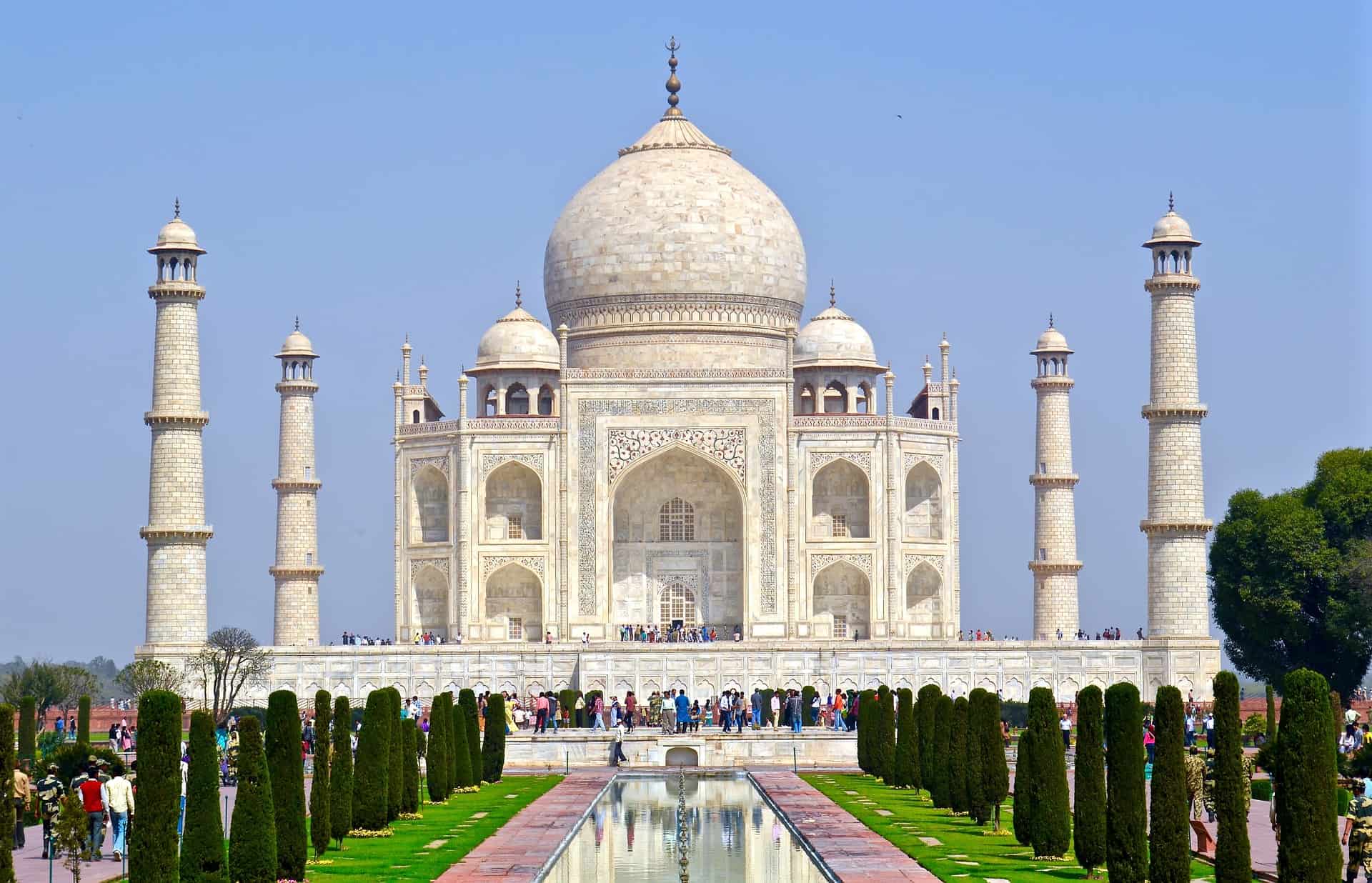Last Updated on April 23, 2023 by admin
Whether you just moved to India or you’ve lived here for many years, if you’re thinking of changing your diet to vegetarianism or even veganism, you may wonder if you’ll have friends and family who will follow the same diet. What percentage of Indians are vegetarian?
India may have as many as 500 million vegetarians across the country, which is about 31 percent. The areas in the country with the most vegetarians are Gujarat, Punjab, Haryana, and Rajasthan.
In today’s article, we’ll discuss what Indians primarily eat, what the current population is in India, and what percentage of that population is vegetarian or vegan. You’re not going to want to miss it.
What Is the Primary Diet in India?
India is a country rich in cuisine, especially ghee, fermented dairy, dal, peas, dried beans, wheat, rice, chutney, roti, and meat and poultry. Here’s a closer look at some of the foods Indian residents may consume regularly as well as how healthy it is.
Ghee
If you’re not familiar, ghee is a type of butter that’s clarified and simmered. First, the butter is taken from cream such as fermented dairy and then churned until it becomes butter-like. Next, it’s skimmed to remove impurities, then the ghee gets poured through a sieve to separate the solid residue from the liquid fat.
The fat is retained, augmented with spices, and served. Ghee, being primarily butter, contains 62 percent of saturated fat per 100 grams but is high in vitamins (K, E, B, C, D, and A) and omega-3s, 6s, and 9s.
Fermented Dairy
One of the more popular fermented dairy dishes in India is dahi, or yogurt curd. Goat, buffalo, or cow’s milk may be used to prepare this dairy product, where milk’s lactose becomes lactic acid due to activity from the probiotics.
This results in a curd starter, which can be then boiled and cooled while adding dried chili peppers. Dahi is about on par with other dairy products in terms of healthiness.
Dal
Dal or daal is Indian pulses that are split and dried. These pulses include beans, peas, or lentils. All skip the pre-soaking process but can be boiled or otherwise cooked. When boiled, dal has 1 percent fat, 8 percent fiber, 20 percent carbohydrates, 70 percent water, and 9 percent protein.
Roti
The last Indian dish we’ll touch on is roti or chapati, a type of Indian flatbread. Authentic roti uses stoneground whole-meal flour called gehu ka atta in India. By mixing the flour with water, dough forms. Roti is always unleavened.
In a 100-gram serving, roti contains 46.36 grams of carbs, 2.72 grams of sugar, 7.45 grams of fat, 11.25 grams of protein, and a slew of minerals and vitamins in varying quantities.
How Many People Live in India?
According to the most recent world statistics, India has 1.326 billion people living there. That puts it second on the list of most populous global countries behind only China with 1.394 billion residents as of July 2020. The US has even fewer residents than both those countries.
What Percentage of Indians Are Vegetarian?
Of the more than 1.3 billion people who call India home, just how many of them are vegetarians? The vegetarian movement became prevalent enough in India that in 2007, the United Nations said Indians ate the least amount of meat out of any other country across the globe. It was also around then that India’s vegetarian count was more than 500 million people.
To accommodate the growing trend, grocery stores and restaurants across India have added vegetarian options. Some restaurants create menus in one of several categories, including pure vegetarian (without any non-vegetarian options), vegetarian, or non-vegetarian.
Those who are vegetarian in India will avoid meat stock, gelatin, and lard as well as meat sources like chicken and beef despite the prevalence of these ingredients in Indian cuisine.
India even has a vegetarian market in many grocery stores. If you see a red dot in a white square near a grocery item, that means the food may not be vegetarian. Foods with a green dot in a white square are vegetarian-safe.
A 2016 report in The Indian Express that surveyed Indians about their diets is one of the most up-to-date resources we have about vegetarianism in the country. Per that survey, here’s the breakdown of vegetarians by Indian state:
- Telangana – 1.3 percent
- West Bengal – 1.4 percent
- Andhra Pradesh – 1.75 percent
- Tamil Nadu – 2.35 percent
- Orissa – 2.65 percent
- Kerala – 3 percent
- Jharkhand – 3.25 percent
- Bihar – 7.55 percent
- Chhattisgarh – 17.95 percent
- Assam – 20.6 percent
- Karnataka – 21.1 percent
- Uttarakhand – 27.35 percent
- Jammu & Kashmir – 31.45 percent
- Delhi – 39.5 percent
- Maharashtra – 40.2 percent
- Uttar Pradesh – 47.1 percent
- Madhya Pradesh – 50.6 percent
- Gujarat – 60.95 percent
- Punjab – 66.75 percent
- Haryana – 69.25 percent
- Rajasthan – 74.9 percent
What Percentage of Indians Are Vegan?
It’s unclear how many of India’s vast population might adhere to a vegan diet, where they give up all animal products and byproducts. Those would include meat, poultry, dairy, honey, fish, and eggs.
Vegetarian Indians do tend to drink a lot more milk to make up for the proteins they’re lacking by not eating fish, meat, and eggs. Thus, it seems implausible that vegetarians in this country would give up dairy as well, although that’s hard to confirm without any specific numbers.
Conclusion
India has one of the largest populations of vegetarians in the world. Many states within this country are more than 50 percent vegetarian, which is astounding. The ongoing respect Indians have for live animals, as well as their aversion to killing these animals, is probably what contributes so much to their preference for vegetarianism.
That said, this overwhelming support for non-meat and poultry does not extend to the whole country by far. Some states comprise almost entirely of meat-eaters, up to 99 percent. It very much depends on where in India you go as to what type of experience you’ll have. Keeping that in mind, you can indeed find people who follow a diet similar to yours and enjoy vegetarian restaurants and grocery stores.
Do not miss: Which Country Has the Most Vegans? What about Vegetarians?
Recent Posts
You’ve read this blog and it’s certainly piqued your curiosity about what it means to be an SOS-free vegan. You’ve learned about this branch of veganism from our introductory post and maybe...
Vegans Desserts! Few things taste better than a refreshing ice cream cone on a hot summer’s day. Now that you’ve given up sugar and oil (not to mention salt) and gone vegan though, you may feel...

